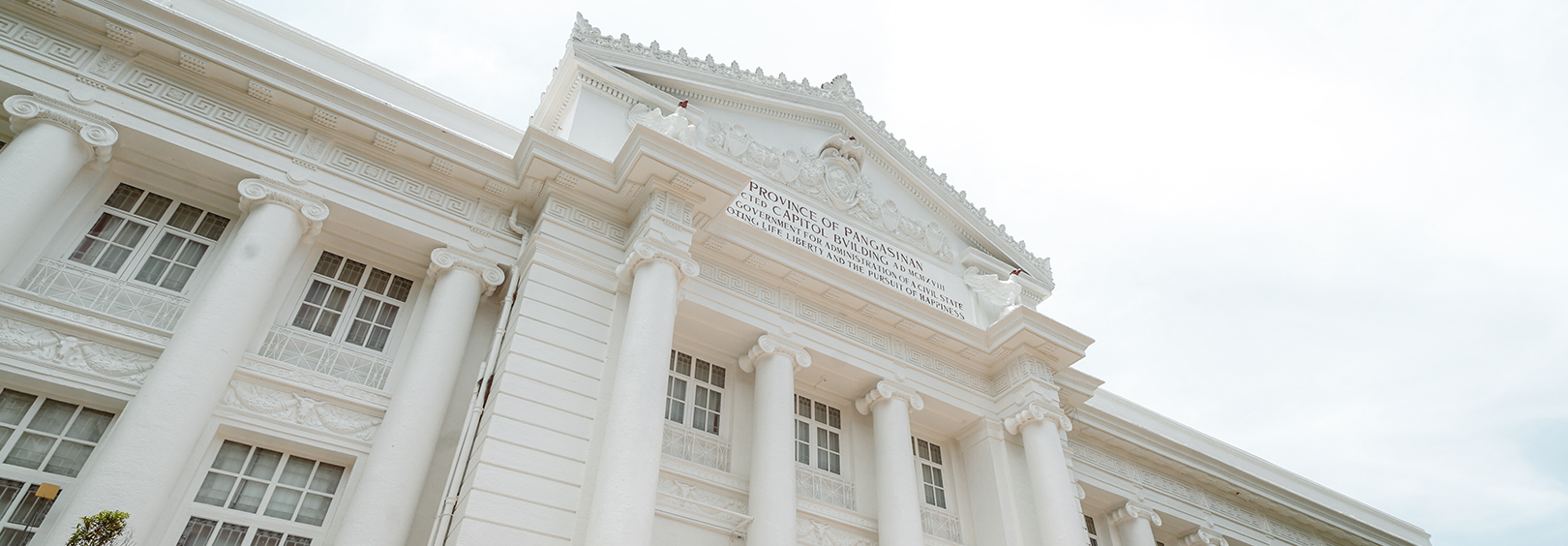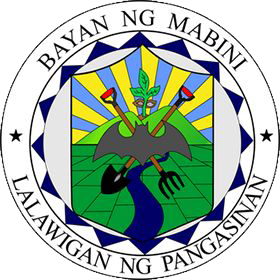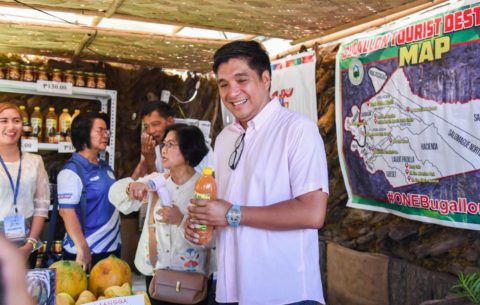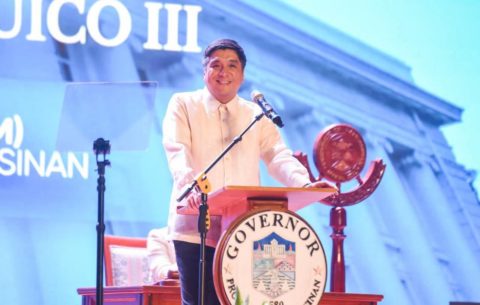Originally part of the Province of Zambales, the town of Mabini was initially called “Balincaguin” which came from the Sambalic phrase “Bali Lan Caguin” which translates to “abode of bats” as the caves found in the area were inhabited by bats.
Although the town was founded by Don Isidro Puzon in 1800, Balincaguin is speculated to be first discovered by Augustinian Recollects in 1610. To honor one of the country’s greatest heroes Apolinario Mabini, considered to be the brains of the revolution against the Spanish empire, the town of Balincaguin was renamed Mabini in 1930.
Mabini is part of the first congressional district of the Province of Pangasinan. It has a land area of 29,101 hectares and a population of 26,454 according to the 2020 census.
Tourism-wise, the town of Mabini is famous for its caves. Visitors can visit the Cacupangan Cave System, a four-kilometer subterranean gem complete with an underground river and beautifully carved limestone formations of stalagmites and stalactites. The cave system has multiple entrances that span over several barangays. One is the Binmatya Cave, popular for its rimstone formation. Other entrances to the Cacupangan Cave System are the Ara-saas and Sto. Rosario Caves. Mabini’s flora and fauna above ground are also a must-see when visiting Mabini with Balincaguin River and Timore Mountain on top of the list.
Agricultural produce like rice, mangoes, cashew nuts, and vegetables are the main products produced in the agricultural town of Mabini. Livestock and Poultry industries as well as baskets & sawali making are also major contributors to its economic output.
Officials
Mayor
Colin Reyes
Vice Mayor
Darius Bonalos
Councilors
Roger Romero
Romel Federico Boling
Alvin Briana
Fernando Fontelera
Jose Barao
Christian Zeus Barcelona
Christian Karl Pamo
Richard Barrocan























